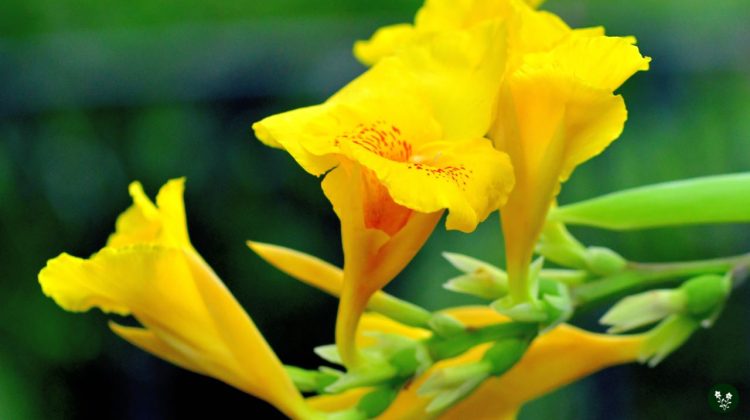
The canna flower, often called the canna lily, is a stunning and exotic plant with rich symbolism that has captivated gardeners for centuries.
Though it is not a true lily, the canna flower’s tropical foliage and eye-catching blooms that resemble lilies have earned it this common name.
The genus name comes from the Greek word “kanna,” meaning “reed” or “reed-like plant,” highlighting its striking physical appearance.
In the language of flowers, canna lilies hold special meaning and significance.
They are part of the Cannaceae plant family and share similarities with diverse plant species such as ginger plants, spiral gingers, bananas, birds of paradise, heliconias, and arrowroot.
With their vibrant colors and striking foliage, canna lilies have been a popular garden choice since the Victorian era.
They were often grown from seed despite the challenging germination process.
Today, the canna flower continues to be admired for its beauty and the meanings and symbolism it carries in the language of flowers.
As you delve deeper into the world of canna lilies, you’ll discover a fascinating plant that can bring a touch of exotic elegance and intriguing symbolism to any garden setting.
In this article, we'll cover
1. Canna Scientific Name
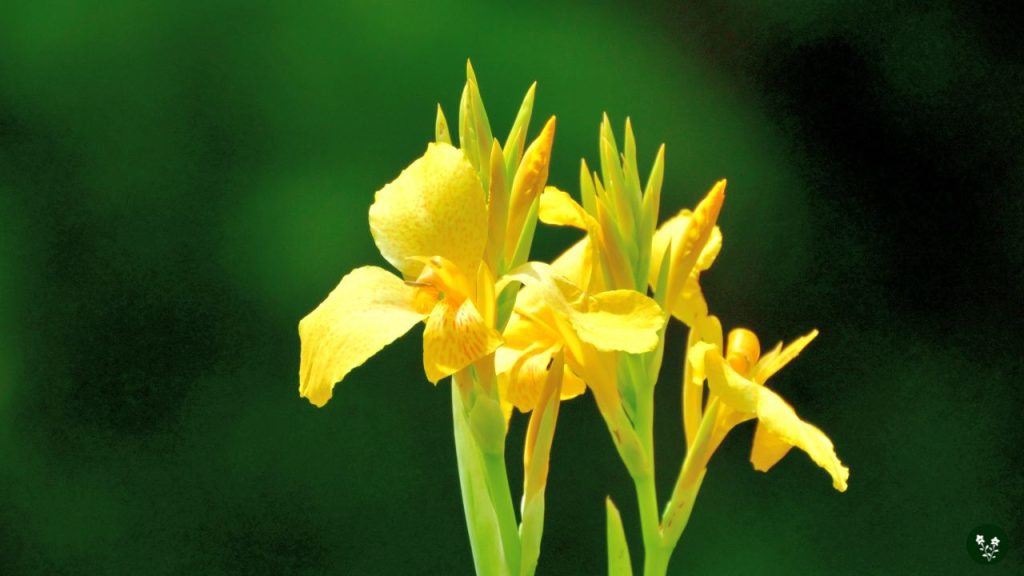
The canna plant, commonly called the canna lily, belongs to the genus Canna and the family Cannaceae.
Despite their common name, canna lilies are not true lilies; they are part of the order Zingiberales, which includes plants like gingers, spiral gingers, bananas, arrowroots, heliconias, and birds of paradise.
There are around 10 different species within the genus Canna.
These plants originate from tropical and semi-tropical regions in North, Central, and South America.
One of the most widely-known species is Canna indica, also recognized as the Indian shot or edible Canna.
This species has become naturalized in various parts of the world, including southeastern United States, Europe, and sub-Saharan Africa.
Below is a brief list of some prominent Canna species:
- Canna indica
- Canna glauca
- Canna flaccida
- Canna iridiflora
- Canna patens
Many Canna species and hybrids are cultivated for their stunning foliage and vibrant flowers, making them famous for gardens and landscaping projects.
The canna plant has broad, banana-shaped leaves, and its blossoms exhibit a wide range of colors, such as red, orange, yellow, and pink.
Gardeners often combine different Canna species to create eye-catching arrangements in their outdoor spaces.
2. Canna Flower Symbolism
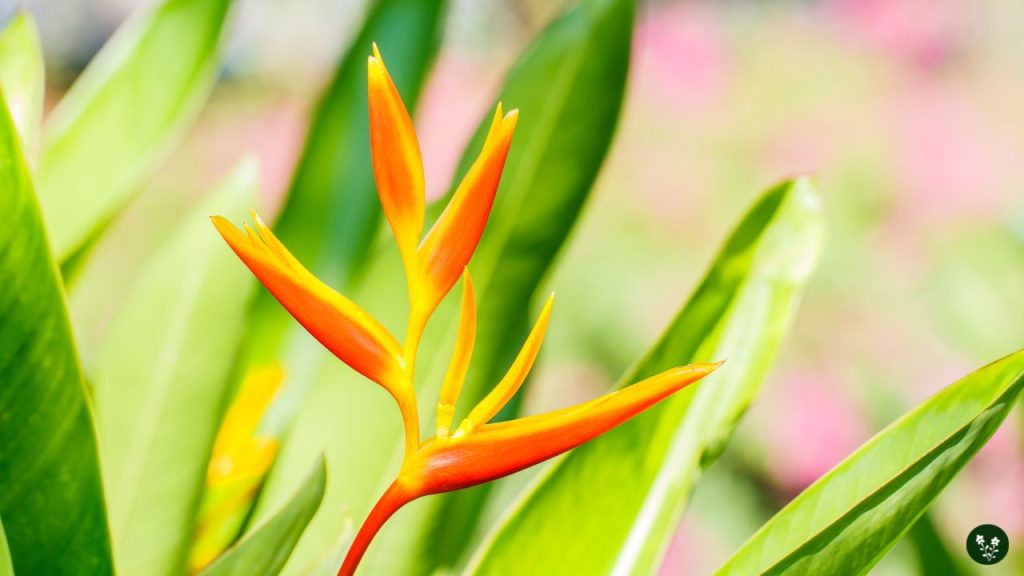
Historical Context
The canna flower, originating from tropical regions, has a rich history and a variety of symbolic meanings.
Historically, canna flowers have been prominently featured in gardens worldwide, particularly during the Victorian era.
The name “canna” comes from the Greek word “kanna,” which means “reed” or “reed-like plant”.
Cultural Significance
Known for their beauty and exotic appearance, canna lilies symbolize glory, power, perfection, and confidence.
Moreover, the canna flower inspires spiritual meanings, encouraging trust in a higher power or the heavens.
The flowers are believed to represent purification and serve as an emblem of hope.
Aside from these general meanings, specific colors of canna lilies convey different symbolism.
For example, red canna flowers may embody passion, while yellow canna flowers suggest illumination and enlightenment.
Canna Flower in Hindi
In Hindi, the canna flower is commonly referred to as केला फूल (Kela Phool), which translates to “banana flower” due to its resemblance to the banana plant.
This resemblance might contribute to the canna flower’s beauty, grace, and perfection symbolism.
Additionally, in particular Indian cultural celebrations and rituals, canna flowers are used as decorative elements, each color symbolizing different meanings that reflect the values and traditions of the people who use them.
3. Canna Meanings Associated with Colors
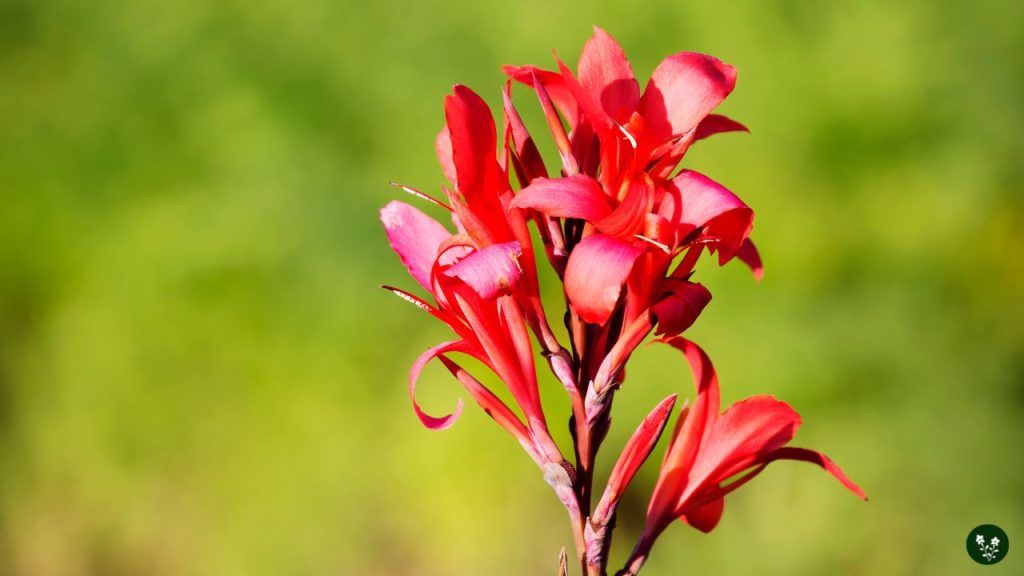
Canna flowers come in various colors, each associated with specific meanings and symbolism.
Red Canna Flowers
Red canna flowers are often seen as a symbol of power, passion, and love.
These bold-colored flowers attract attention and can convey feelings of confidence and strength.
Additionally, red canna flowers are sometimes considered a representation of glory, making them suitable for celebratory occasions or when recognizing a significant achievement.
Yellow Canna Flowers
Yellow canna flowers are symbols of happiness, optimism, and warmth.
They bring a sense of cheerfulness to any setting and can brighten someone’s day with their vibrant hue.
These flowers also represent renewal and hope, making them a fitting choice for a new beginning or to mark a fresh start in life.
Orange Canna Flowers
Orange canna flowers showcase a lively and energetic presence, symbolizing enthusiasm, excitement, and creativity.
Their bright color can inspire a feeling of rejuvenation and joy.
In the language of flowers, orange canna blooms can also represent warmth and abundance, making them a wonderful gift to share positive energy and wish for prosperity.
Pink and Mixed Color Canna Flowers
Pink canna flowers embody the meanings of grace, elegance, and femininity.
They are often associated with love, admiration, and appreciation, making them popular for expressing heartfelt emotions.
Mixed-color canna flowers, with their stunning combination of shades, symbolize diversity, unity, and harmony.
These flowers can beautifully represent the blending of different characteristics and qualities, making them a fitting choice for various occasions and celebrations.
4. Symbolic Uses on Special Occasions
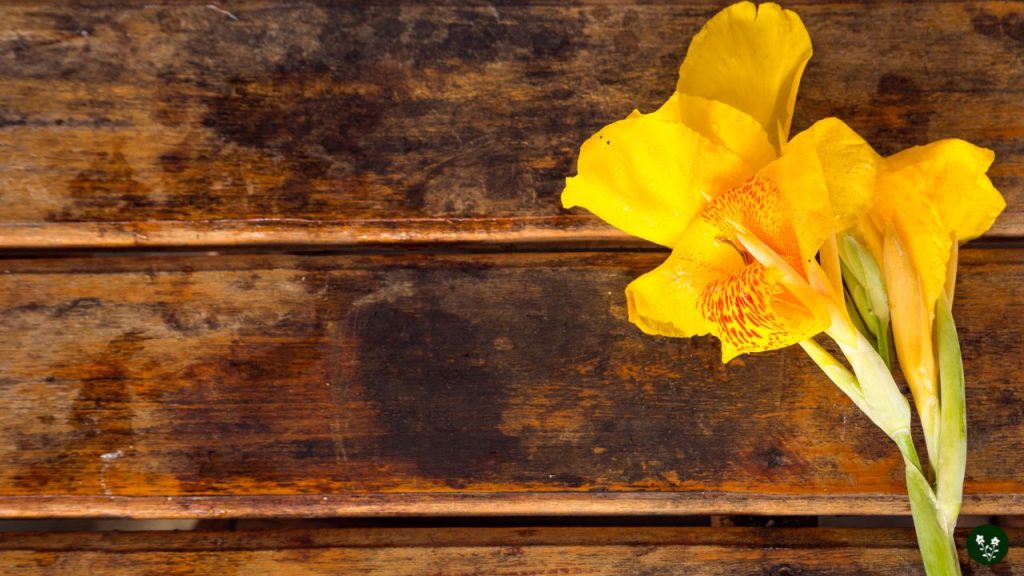
Canna flowers hold various symbolic meanings, making them suitable for special occasions.
Weddings
Canna flowers, often associated with beauty, perfection, and protection, are suitable for wedding celebrations.
Their vibrant colors bring a touch of the tropics to any wedding. Pairing them with other flowers can create stunning bouquets and arrangements.
Utilizing canna flowers in wedding decor is also a symbolic gesture that the couple trusts in a higher power, as the flowers represent confidence in heaven.
The canna flower’s symbolism of hope and encouragement also creates an atmosphere of optimism and joy for the newlyweds.
Birthdays
For birthdays, canna flowers make a significant impact as a meaningful gift.
They symbolize hope, confidence, and encouragement, essential themes when celebrating someone’s special day.
The bright colors of canna flowers will brighten anyone’s day and leave a lasting impression.
It’s also believed that gifting canna flowers at a birthday celebration can help the recipient find inspiration and trust in a higher power.
This spiritual meaning adds a deeper layer to the celebration, making the gift even more thoughtful and unique.
Funerals
At funerals, canna flowers are an emblem of hope, consolation, and faith in the afterlife.
Their presence as a symbol of purification helps soothe the mourners, ensuring that the memories of the departed are honored in pure and sincere light.
As a symbol of glory, canna flowers can be used to pay tribute to the deceased and honor their life, showcasing their power and impact during their time on earth.
Utilizing canna flowers in funeral arrangements can create a sense of solace for the family and friends of the departed, embracing both hope and the beauty of the life that was lived.
5. Canna Flowers in Art and Literature
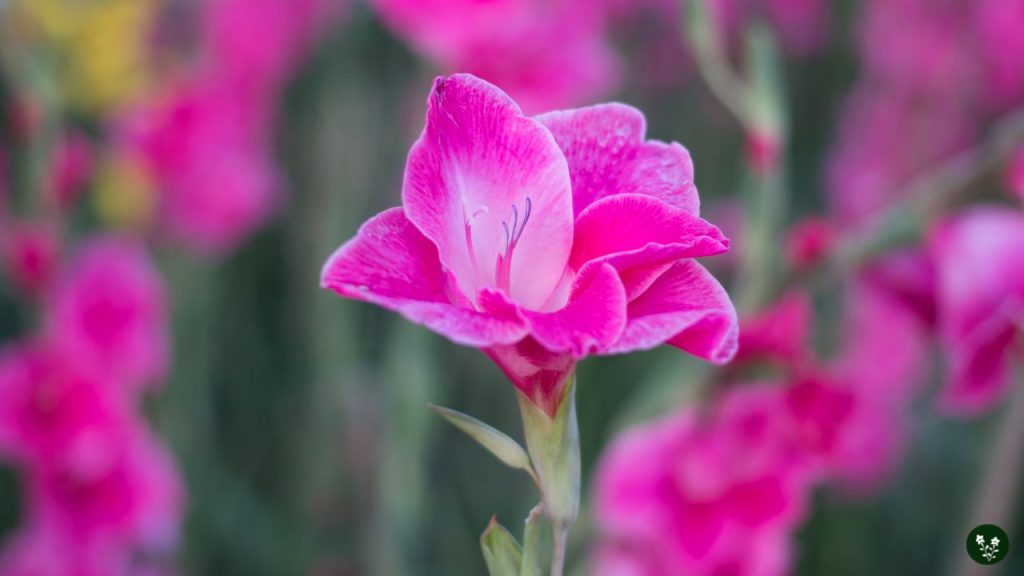
The canna flower has significantly impacted the gardening world and the realms of art and literature.
With its vibrant colors and striking appearance, it’s no wonder that this beautiful plant has inspired artists and writers alike.
In the world of visual arts, Georgia O’Keeffe, a renowned American artist, famously depicted canna flowers in her painting series Red Canna.
O’Keeffe’s abstract and close-up images of the flowers, using shades of red, yellow, and orange, have become iconic representations of her Modernist style.
The paintings emphasize the lilies’ textures and sweeping curves, resulting in breathtaking and, at times, even sensual renditions of the blossoms.
As for literature, canna flowers have found their way into numerous poems, prose, and stories.
Often, writers employ the plant’s symbolism—representing beauty, power, hope, and confidence—to convey feelings and ideas through their works.
When describing a character or a scene, mentioning a canna flower can be an elegant way of expressing strength, grace, or resilience.
Furthermore, the canna flower’s symbolic meanings in the Victorian language of flowers offer additional dimensions for literary work.
Writers could use the flower as a subtle way to express emotions, meanings, or even secret messages between characters.
Explore the beauty and symbolism of flowers:
Leave a Reply